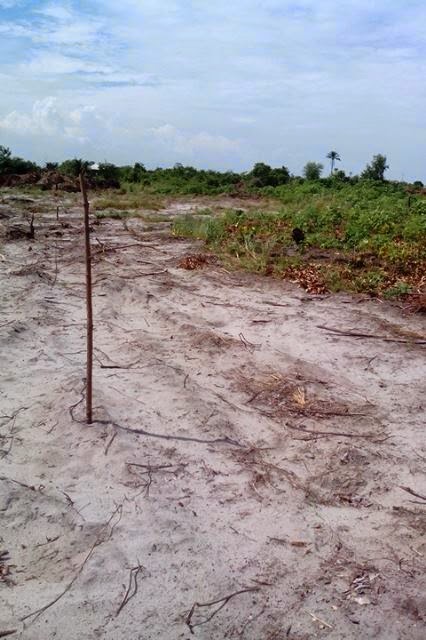The 15 Most Profitable Small-Business Industries
Being talented with numbers can really pay off if you’re looking to start a profitable business. Accounting and tax services takes the top spot on the list of the most profitable type of small business with a generous 18.4 percent net profit margin followed by real-estate services (15.2 percent), law firms (14.5 percent) and doctor’s offices (13 percent) reports Sageworks, a financial data service that analyzed the net profit margin of more than 16,000 small businesses (that earned less than $10 million) between September 2014 and August 2015. (The average net profit across all industries for this report's time period was 7.2 percent.) What makes these industries profitable? For one, they’re driven by human capital. “Service industries,” says Sageworks analyst Jenna Weaver, “are very common to find on the most profitable small-business list. This is generally due to lower overhead and startup costs. A lot of these industries you can start from your house.” Whil


Comments
Post a Comment